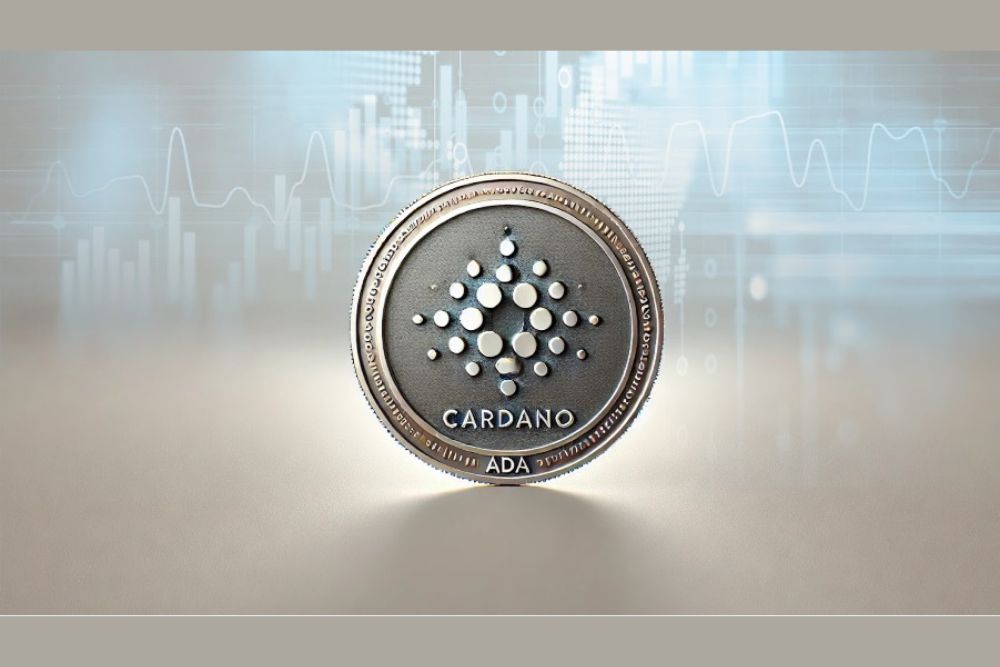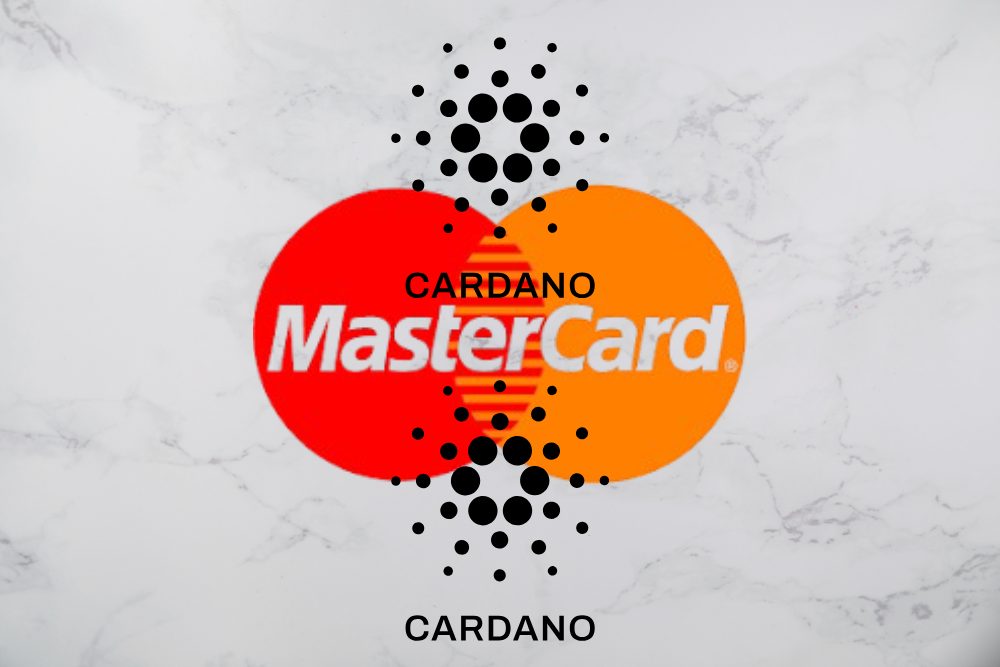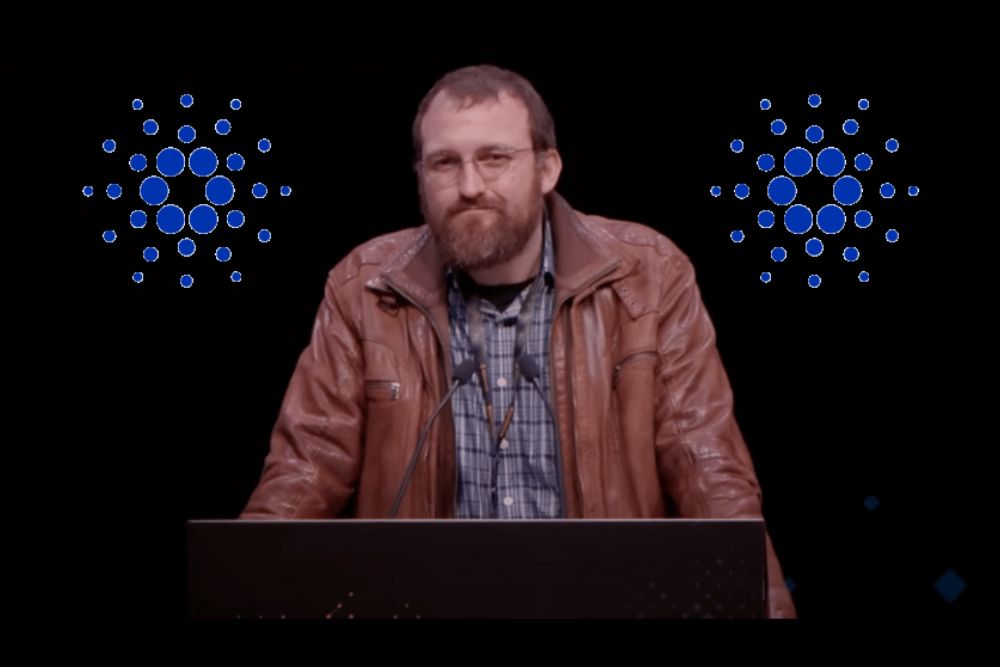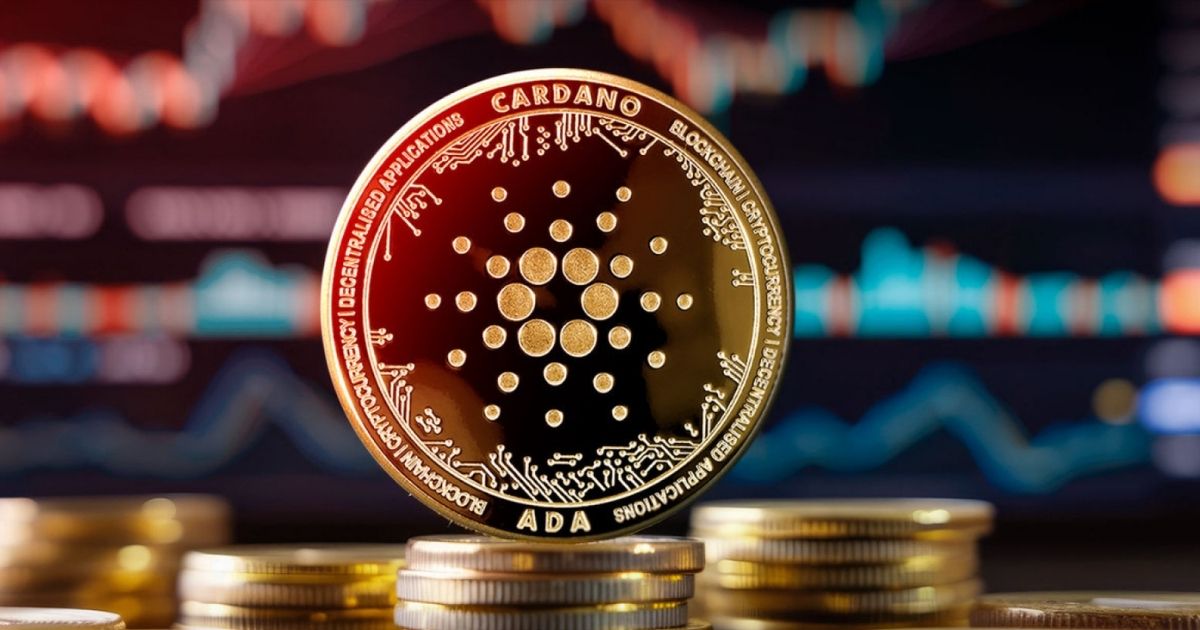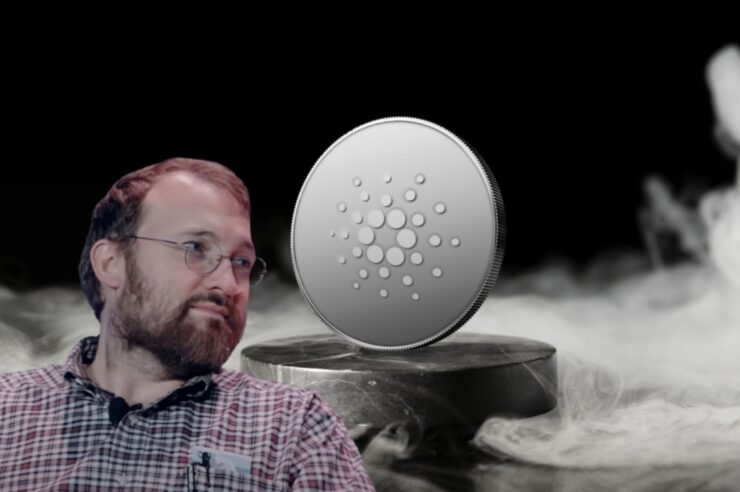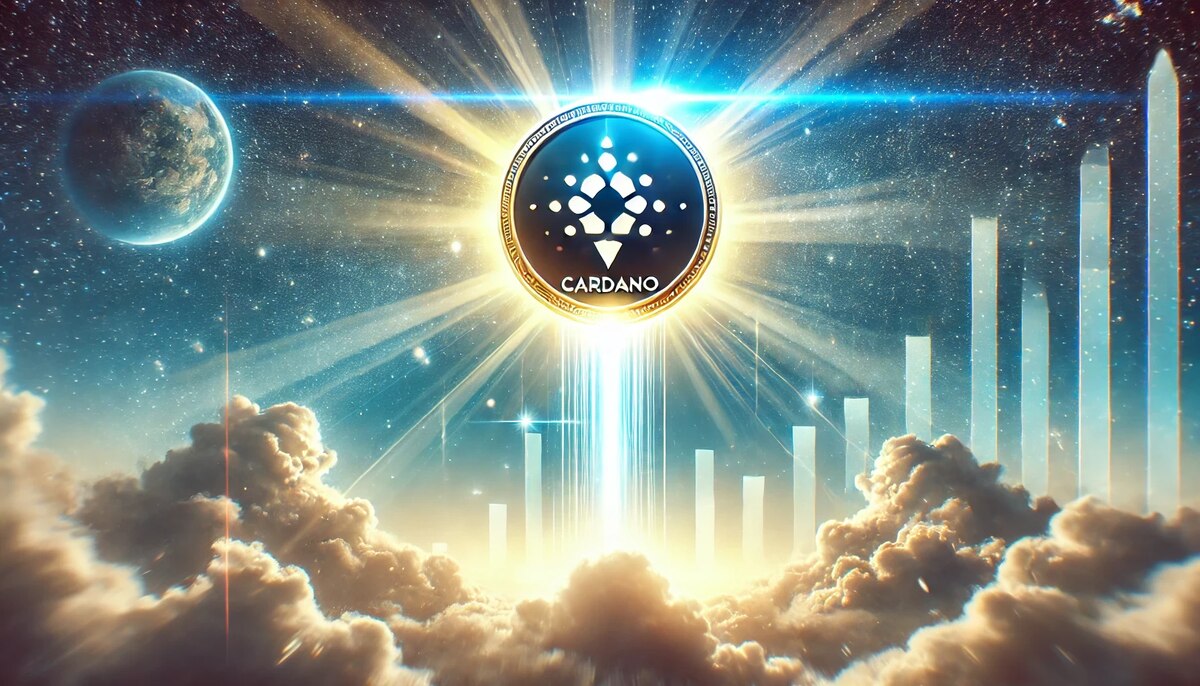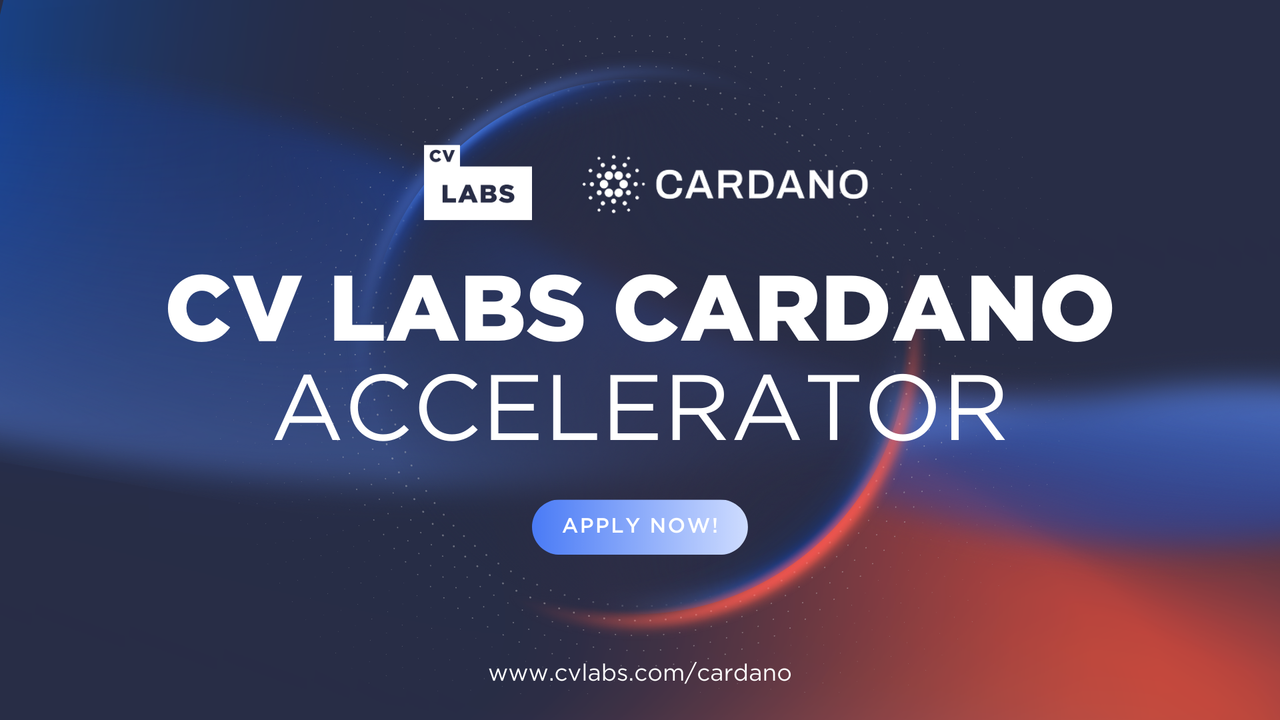Cardano (ADA) To Develop ‘Leos’. Here's All You Need To Know
In a bold new vision for Cardano’s future, Charles Hoskinson, the blockchain’s founder, and CEO of Input Output Global (IOHK), has revealed plans to develop ‘Leos,’ a transformative system upgrade designed to deliver Solana-style transaction speed while preserving Cardano’s core commitment to full decentralization and operational stability. The statement, highlighted by TapTools on X, marks […]
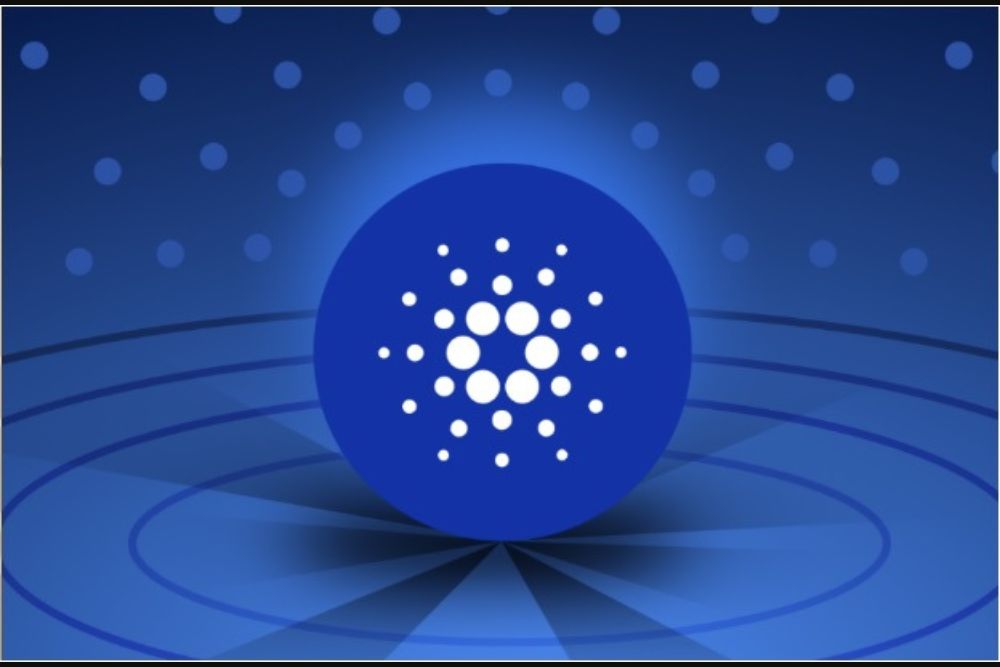
In a bold new vision for Cardano’s future, Charles Hoskinson, the blockchain’s founder, and CEO of Input Output Global (IOHK), has revealed plans to develop ‘Leos,’ a transformative system upgrade designed to deliver Solana-style transaction speed while preserving Cardano’s core commitment to full decentralization and operational stability.
The statement, highlighted by TapTools on X, marks one of the most significant performance-driven declarations from Cardano’s leadership in recent months.
"We’re developing Leos, which is going to give us Solana-style speed but with full decentralization and no stalls" -Cardano founder, @IOHK_Charles. pic.twitter.com/uQHhqsfRPu
— TapTools (@TapTools) April 14, 2025
What Is Leos and Why Does It Matter?
According to Hoskinson’s remarks, Leos is poised to bring dramatic enhancements to Cardano’s throughput, potentially achieving the type of network responsiveness that has helped Solana earn its reputation as one of the fastest blockchains in the market. However, unlike Solana, which has occasionally faced centralization critiques and network outages, Leos aims to deliver similar performance without sacrificing Cardano’s decentralized architecture or compromising uptime.
This strikes at the heart of an enduring debate in the blockchain world: can a network be both high-speed and fully decentralized? Solana has been a proof point for performance but has struggled with stability. Cardano, in contrast, has prided itself on a methodical, research-first development approach that emphasizes reliability and decentralization—at the cost of speed.
If Leos can deliver on its promises, it could resolve this trade-off and reshape the competitive dynamics of layer-1 blockchains.
The Race for Scalable and Stable Layer-1s
The announcement also comes amid a larger context where scalability and throughput are central to blockchain utility and mainstream adoption. Ethereum continues to lean on rollups and sharding for scalability, while Solana pushes its monolithic architecture to new extremes of speed and capacity. Avalanche, Sui, Aptos, and others each take unique approaches to performance optimization.
Cardano’s entry into this race with Leos signals its evolution from a theoretically sound platform to one targeting mass usability and competitive performance. With decentralized finance (DeFi), real-world asset tokenization, gaming, and identity solutions emerging on-chain, speed becomes essential—not only for seamless user experience but also for developer retention and ecosystem growth.
We are on twitter, follow us to connect with us :- @TimesTabloid1
— TimesTabloid (@TimesTabloid1) July 15, 2023
The Broader Cardano Vision
Hoskinson’s reference to Leos also aligns with Cardano’s broader strategic trajectory. The blockchain is preparing to enter its Voltaire era, which introduces on-chain governance and further decentralization through community decision-making. The ecosystem has seen a resurgence in development activity, with projects like Mithril, Hydra, and sidechains like Midnight enhancing scalability and privacy.
Leos, therefore, appears to be a natural next step in Cardano’s bid to prove that a blockchain can be fast, decentralized, secure, and stable—all at once.
Skepticism Meets Innovation
Naturally, such ambitious claims draw scrutiny. Blockchain history is filled with projects that are overpromised and underdelivered. Yet, what differentiates Cardano is its deliberate approach to innovation, often criticized for its slow pace, but respected for its academic rigor and security-first mindset. If Leos emerges from this same ethos, it may inspire confidence even among skeptics.
Still, the community and broader market will be watching closely—not just for statements but for testnet demonstrations, code releases, and measurable performance metrics.
A New Era for Cardano?
Charles Hoskinson’s announcement of Leos, as amplified by TapTools, might one day be seen as a pivotal moment in Cardano’s evolution. If realized, this upgrade could deliver the elusive trinity of blockchain design: speed, decentralization, and resilience.
For Cardano holders, developers, and observers, the journey toward Leos is more than a technical milestone—it’s a potential turning point that could redefine the network’s place among the dominant smart contract platforms of the future.
Disclaimer: This content is meant to inform and should not be considered financial advice. The views expressed in this article may include the author’s personal opinions and do not represent Times Tabloid’s opinion. Readers are urged to do in-depth research before making any investment decisions. Any action taken by the reader is strictly at their own risk. Times Tabloid is not responsible for any financial losses.
Follow us on Twitter, Facebook, Telegram, and Google News
I am a passionate and experienced writer with a strong focus on cryptocurrency and the financial landscape. With a keen eye for market trends and emerging financial technologies, I strive to deliver insightful, well-researched content that educates and informs. Whether breaking down complex financial concepts or analyzing the latest market movements, my goal is to make finance accessible and engaging for a wide audience.
Delegate Your Voting Power to FEED DRep in Cardano Governance.
DRep ID: drep12ukt4ctzmtf6l5rj76cddgf3dvuy0lfz7uky08jfvgr9ugaapz4 | We are driven to register as a DRep by our deep dedication to the Cardano ecosystem and our aspiration to take an active role in its development, ensuring that its progress stays true to the principles of decentralization, security, and community empowerment.DELEGATE VOTING POWER!


